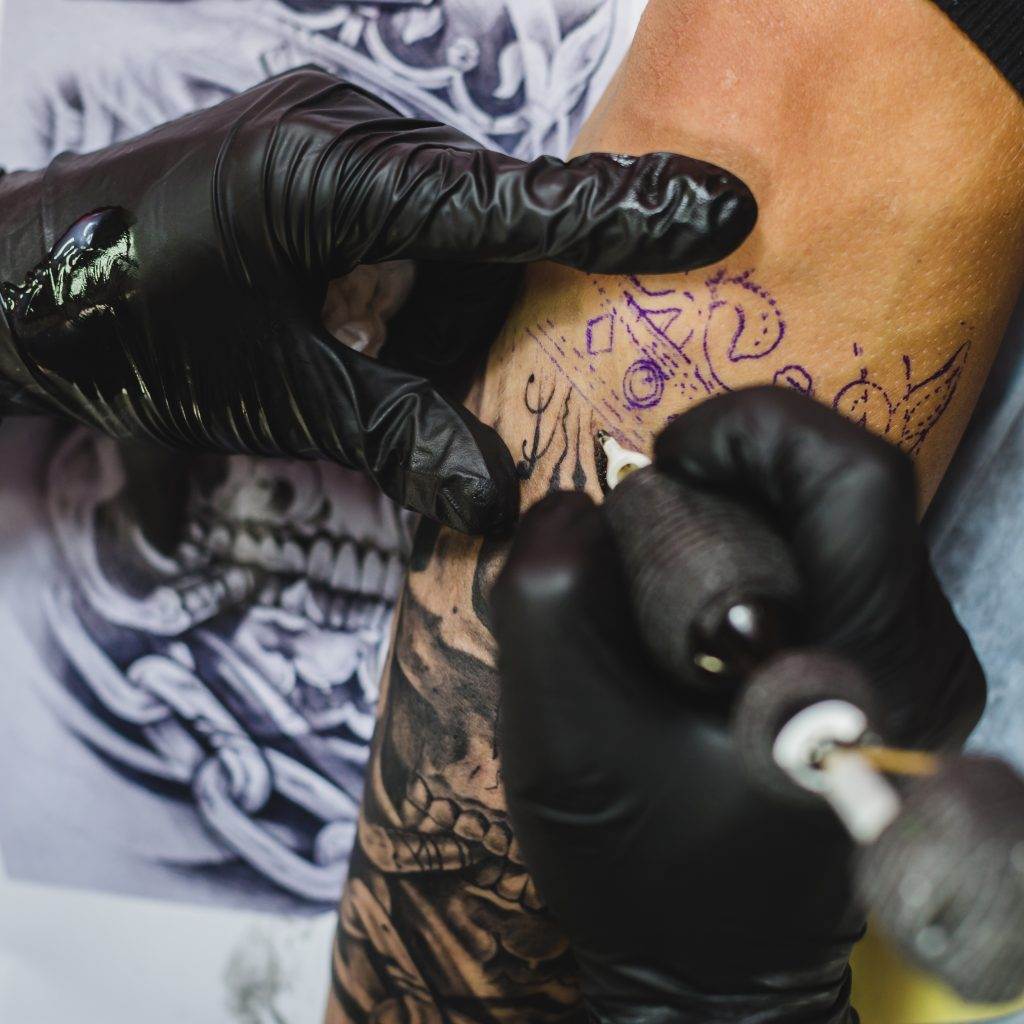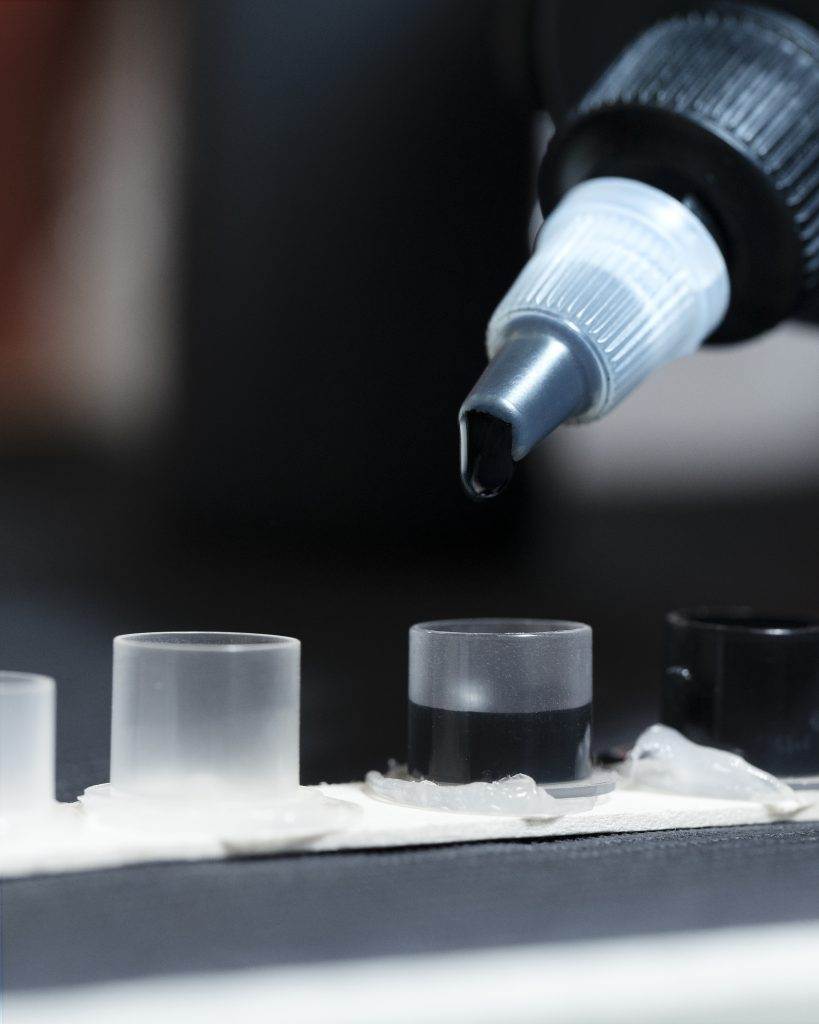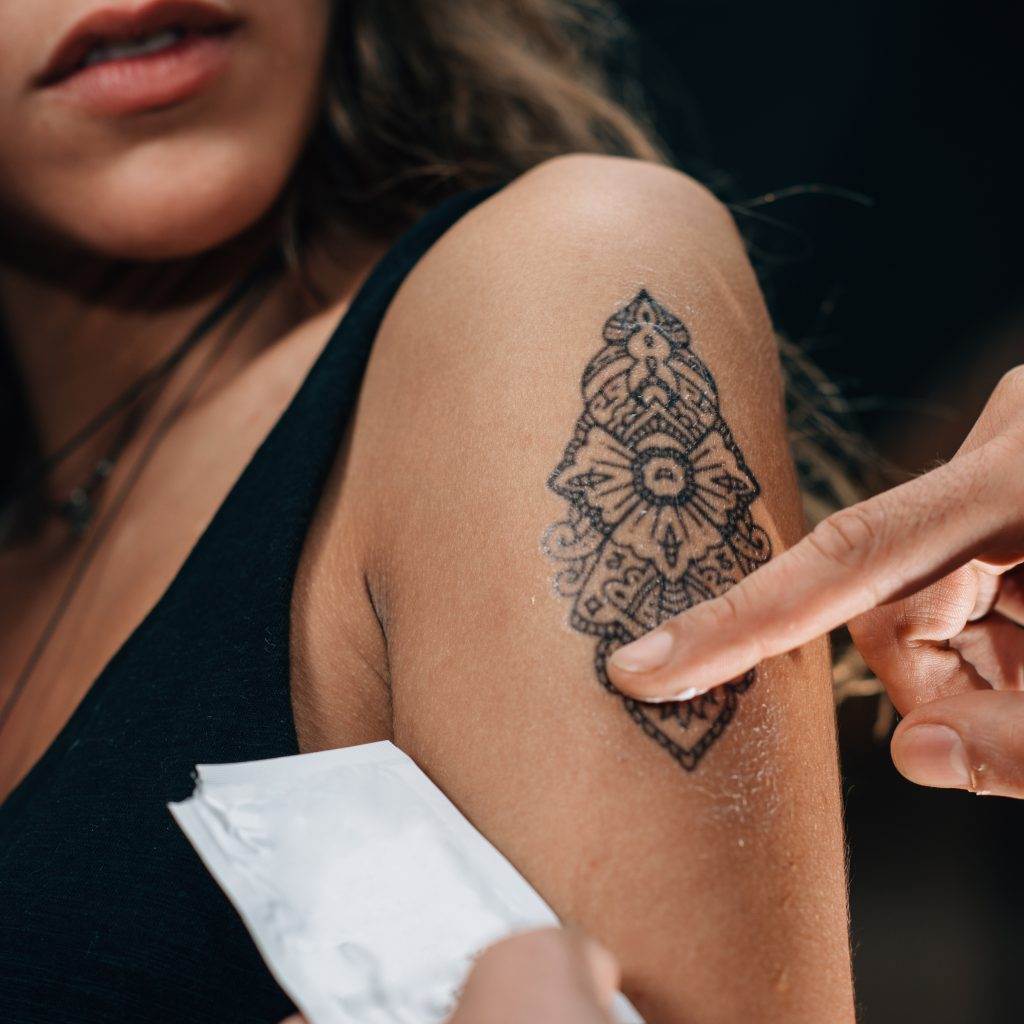Tattoos have become a popular form of self-expression and art in recent years. People get tattoos to commemorate important events, express their individuality, or simply because they appreciate the beauty of body art. However, getting a tattoo is not a one-time event. It requires proper maintenance and care to keep it looking its best over time. This is where tattoo touch-ups come into play.
Touch-ups are necessary to maintain the vibrancy and color of tattoos as they age. Over time, tattoos can fade due to sun exposure, aging, and other factors. The lines may blur, the colors may become dull, and the overall appearance of the tattoo may diminish. By getting regular touch-ups, you can keep your tattoo looking fresh and vibrant for years to come.
Understanding the Healing Process: What to Expect After Getting a Tattoo
After getting a tattoo, it’s important to understand the healing process and what to expect in the days and weeks following your appointment. The healing process can take up to several weeks, depending on the size and complexity of the tattoo. During this time, it’s crucial to follow aftercare instructions provided by your tattoo artist.
During the initial healing stage, your tattoo may appear red, swollen, and sensitive. It’s important to keep the area clean and moisturized to prevent infection and scarring. Your tattoo may also appear faded or dull during this time, but this is normal. As your skin heals, the top layer will peel away, revealing the true colors of your tattoo underneath.
Signs of Fading and Aging Tattoos: When to Consider a Touch-Up
Over time, tattoos may fade and lose their vibrancy due to various factors. Sun exposure is one of the main culprits behind fading tattoos. UV rays can break down the pigments in your tattoo, causing them to fade over time. Aging is another factor that can contribute to the fading of tattoos. As we age, our skin loses elasticity and collagen, which can affect the appearance of tattoos.
Signs of fading tattoos include loss of vibrancy, blurring of lines, and uneven color. If you notice that your tattoo is not as vibrant as it once was or if the lines have become blurry, it may be time to consider a touch-up. A skilled tattoo artist can assess your tattoo and determine the best course of action to restore its vibrancy and color.
Preparing for a Touch-Up: Tips for Optimal Skin Health and Healing
Before your touch-up appointment, it’s important to take care of your skin to ensure optimal healing. This includes staying hydrated by drinking plenty of water, as well as eating a balanced diet rich in vitamins and minerals. Proper nutrition can help promote healthy skin and aid in the healing process.
In addition to proper nutrition, it’s important to avoid sun exposure before your touch-up appointment. Sunburned or tanned skin can be more difficult to work with, as it may affect the color and vibrancy of your tattoo. If you must be in the sun, make sure to apply a high SPF sunscreen to protect your tattoo.
The Touch-Up Process: What to Expect During Your Appointment
During your touch-up appointment, the tattoo artist will assess your tattoo and determine the best course of action. This may involve adding color to faded areas, filling in gaps or uneven spots, or redefining lines that have blurred over time. The artist will use their skills and expertise to bring your tattoo back to life.
The touch-up process is similar to getting a new tattoo, but it may take less time depending on the size and complexity of the touch-up. The artist will clean the area, apply a stencil if necessary, and begin the process of adding color and definition. It’s important to communicate with your artist during this time and provide feedback on what you would like to see improved or changed.
Aftercare Tips: How to Care for Your Tattoo After a Touch-Up
After your touch-up appointment, it’s crucial to follow aftercare instructions provided by your tattoo artist. This will help prevent infection and scarring, as well as ensure optimal healing. Some general aftercare tips include:
– Keep the tattoo clean: Gently wash the tattoo with mild soap and water, then pat it dry with a clean towel. Avoid scrubbing or rubbing the area, as this can irritate the skin.
– Moisturize regularly: Apply a thin layer of fragrance-free lotion or ointment to keep the tattoo moisturized. This will help prevent dryness and itching, which can lead to scarring.
– Avoid sun exposure: Protect your tattoo from direct sunlight by wearing loose clothing or using a high SPF sunscreen. Sunburn can cause fading and damage to your tattoo.
– Avoid certain activities: During the healing process, it’s important to avoid activities that can irritate or damage your tattoo. This includes swimming in pools or hot tubs, excessive sweating, and exposing the tattoo to harsh chemicals.
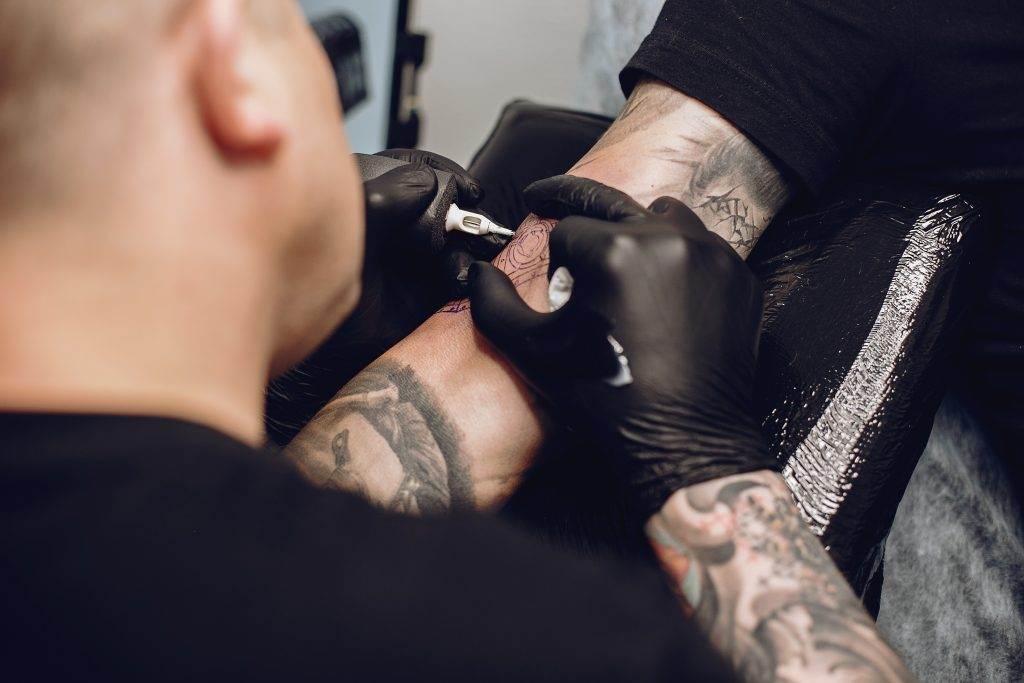
Prevention is Key: Tips for Maintaining Your Tattoo’s Vibrancy and Color
While touch-ups can help restore the vibrancy and color of your tattoo, prevention is key to maintaining its appearance over time. Here are some tips to keep your tattoo looking its best:
– Use sunscreen: Apply a high SPF sunscreen to your tattoo whenever it will be exposed to the sun. This will help protect the pigments from fading due to UV rays.
– Avoid harsh chemicals: Certain chemicals found in skincare products, such as retinol and alpha hydroxy acids, can cause fading and damage to your tattoo. Avoid using these products directly on or near your tattoo.
– Moisturize regularly: Keeping your skin moisturized can help prevent dryness and itching, which can lead to scarring. Use a fragrance-free lotion or ointment to keep your tattoo hydrated.
– Avoid excessive scratching or picking: It’s natural for tattoos to itch during the healing process, but it’s important to avoid scratching or picking at them. This can cause damage to the skin and affect the appearance of your tattoo.
Common Tattoo Problems: How to Address and Prevent Infection, Scarring, and Allergic Reactions
While proper aftercare can help prevent most tattoo problems, there are some issues that may arise despite your best efforts. Infection, scarring, and allergic reactions are some common problems that can occur with tattoos. It’s important to address these issues promptly to prevent further damage.
If you suspect that your tattoo is infected, characterized by redness, swelling, pain, or discharge, seek medical attention immediately. Your doctor may prescribe antibiotics to treat the infection. Scarring can occur if the skin is not properly cared for during the healing process. If you notice excessive scarring or raised areas on your tattoo, consult with your tattoo artist or a dermatologist for treatment options.
Allergic reactions to tattoo ink are rare but can occur. If you experience symptoms such as itching, redness, or swelling that persists beyond the normal healing process, consult with a healthcare professional. They can determine if you are having an allergic reaction and recommend appropriate treatment.
Tattoo Removal and Cover-Ups: When Touch-Ups Are Not Enough
In some cases, touch-ups may not be enough to restore a tattoo’s vibrancy and color. This may be due to extensive fading, scarring, or changes in personal preferences. In these situations, tattoo removal or cover-ups may be necessary.
Tattoo removal can be done through various methods such as laser removal, dermabrasion, or surgical excision. These procedures can help fade or remove the tattoo completely, but they may require multiple sessions and can be costly.
Cover-ups are another option for those who want to change the appearance of their tattoo without completely removing it. A skilled tattoo artist can design a new tattoo that incorporates and covers the existing one. This can be a great option for those who want to transform their tattoo into something new and fresh.
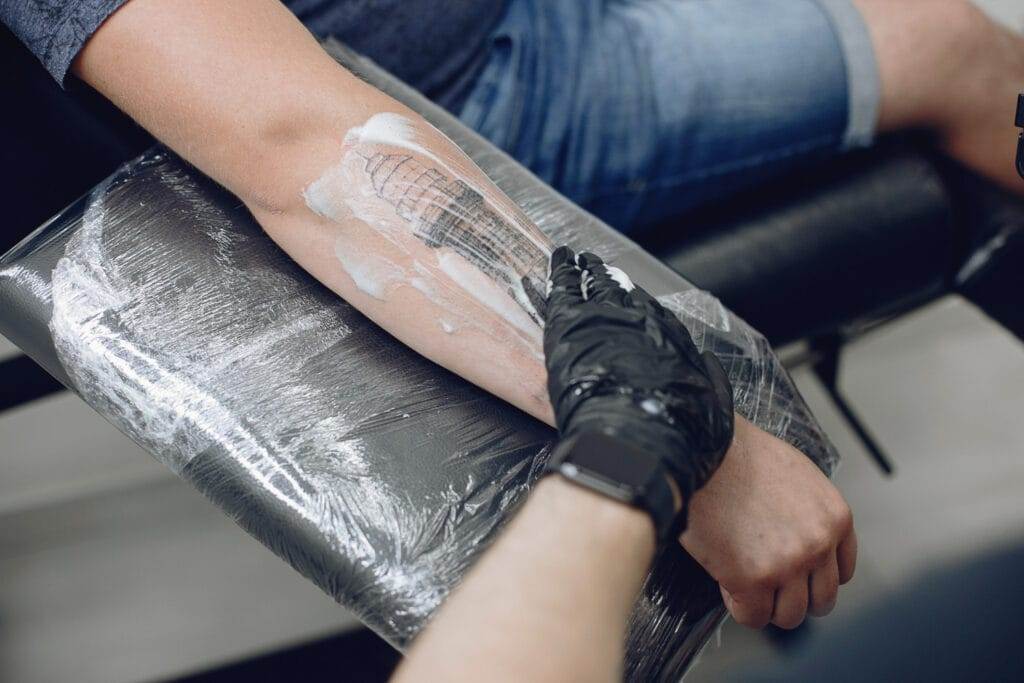
Embracing Your Ink and Keeping It Looking Its Best
Tattoos are a form of self-expression and art that require proper maintenance and care to keep them looking their best. By following aftercare instructions, choosing a skilled artist, and taking care of your skin, you can keep your tattoo looking vibrant and colorful for years to come. Remember that touch-ups are a normal part of the tattoo process and should be embraced as an opportunity to refresh and enhance your ink. So go ahead, embrace your ink, and keep it looking its best!

